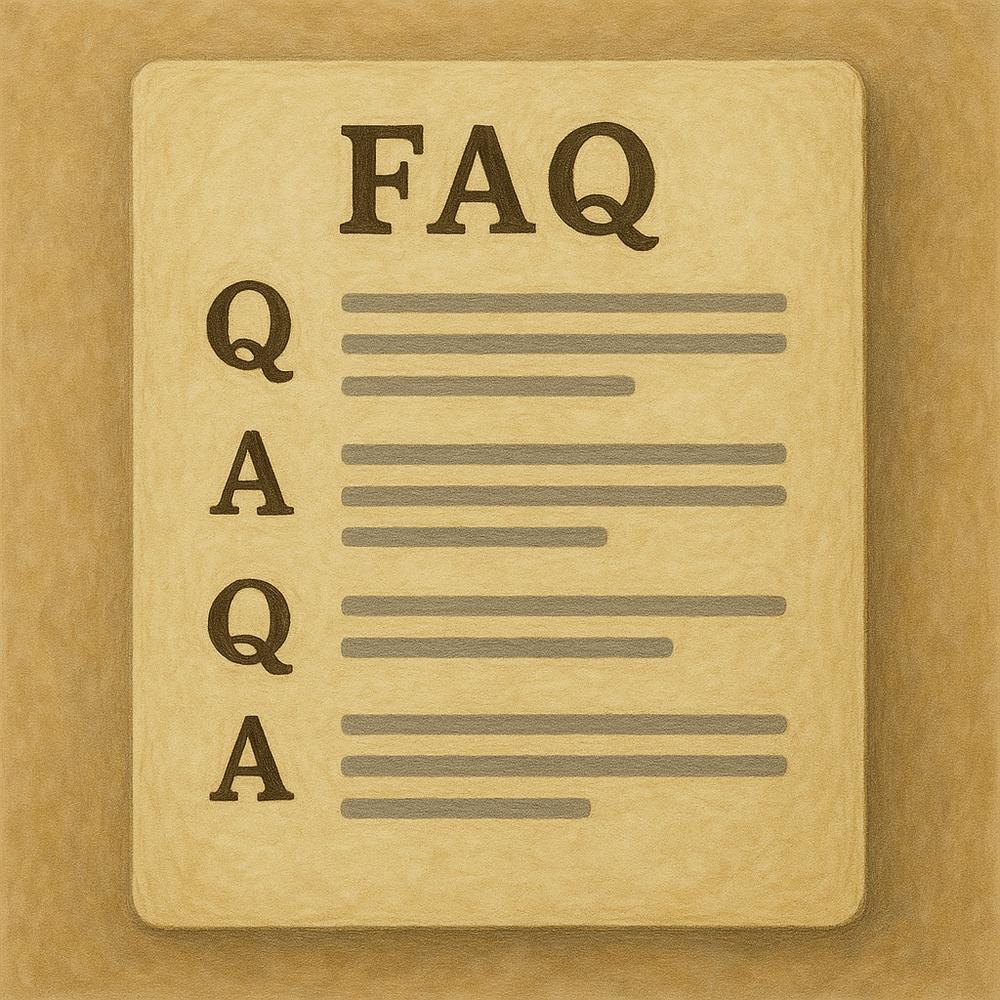
How to Make FAQ Pages That Actually Rank (Instead of Getting Ignored)
Share
Amid the constant pulse of e-business, FAQ pages can feel like digital wallflowers—passive, overlooked, forgotten. Yet when structured and optimized thoughtfully, they transform into SEO powerhouses, voice-assistant magnets, and user-trust builders.
In this guide, we’ll explore how to make FAQ pages that actually rank, boosting your visibility and ensuring your content gets noticed rather than ignored.
Why Investing in SEO-Optimized FAQ Pages Matters
FAQ pages aren’t just about answering generic questions—they’re potent tools that speak directly to what people search and ask. They naturally align with long-tail, conversational queries like "How do I fix a leaky faucet?", which are increasingly common thanks to voice assistants and AI-driven search engines.
When well-structured, FAQ pages can trigger featured snippets (“position zero”) and “People Also Ask” boxes. These placements dramatically improve visibility and click-through rates—studies show a 32% desktop CTR uplift for site owners using FAQ schema
Core Ingredients of Ranking FAQ Pages
1. Conversational, Question-Driven Format
Use full-sentence questions that mirror how people speak (“What is the best way to…”, “How can I…?”). This aligns with both voice and text search behaviors
2. Concise, Direct Answers
Each answer should be clear, 40–70 words, giving users what they need immediately—especially important for voice assistants and snippet success.
3. Strategic Page & Heading Structure
Wrap each Q & A pair in its own <h2> (or <h3>) heading. This signals clear structure to search engines and aids navigation.
4. Schema Markup (FAQPage JSON-LD)
Embed JSON-LD schema for each question and answer. This markup helps search engines parse your FAQ content and makes you eligible for rich results.
5. Logical Grouping & Prioritization
If you have many questions, group them by theme or customer journey stage (e.g., product details, billing, technical support). Place most-asked or highest-impact questions at the top—analytics show this reduces bounce rates by up to 22%.
6. Regular Updates & Validation
Keep content fresh. Use validThrough dates in schema markup for timely answers. Retest markup whenever changes are made to ensure enduring eligibility for rich snippets.
Step-by-Step: Build a High-Ranking FAQ Page
Here’s a proven roadmap:
- Research real customer questions using tools like AnswerThePublic, “People Also Ask” boxes, Quora, and site search logs.
- Select 10–20 priority questions focused on buyer challenges and long-tail opportunities.
- Write each Q in natural language, matching how a user would ask—think voice query.
- Answer concisely (42–68 words) to optimize for snippets.
- Group Qs logically by theme or funnel stage, using headings.
- Embed FAQPage JSON-LD markup that matches the visible content.
- Validate schema via Google Rich Results Test or Schema validators.
- Publish page and index it via Google Search Console crawl request.
- Monitor and iterate: Track SERP performance and improve over time.
Advanced Tips to Maximize Ranking Potential
Leverage internal linking: Cross-link to in-depth guides and product pages from within answers.
Enhance readability: Use bullet points, short paragraphs, and simple second-person language for clarity and scanning ease.
Boost E-E-A-T: Show your expertise with author bios, real-world examples, and case studies to underscore authority.
Optimize site speed & mobile UX: Voice and mobile users expect fast load times (4.6 s average). Prioritize performance for rankings.
How BlogCog Helps You Create FAQ Pages That Rank
At BlogCog, our AI-powered subscription service handles keyword research, conversational content creation, schema implementation, and ongoing optimization—so your FAQ pages not only get created but consistently outperform the competition. Learn more through our BlogCog Services Summary or dive into how we help you achieve search domination through blogging.
Need a custom FAQ section for your niche or business? Explore our Auto-Pilot Blog Creator and let BlogCog handle everything from drafting questions, writing bite-sized answers, embedding schema, and tracking results.
Conclusion
To make FAQ pages that actually rank, treat them as strategic content assets—not afterthoughts. Structure clearly, write conversationally, embed schema, and optimize for voice, mobile and snippet performance. Combined with solid technical SEO and regular refreshes, your FAQs will move from ignored to indispensable traffic drivers.
Let BlogCog’s AI team help transform your FAQs into ranking magnets—see just how easy attaining search dominance can be.
Related Posts:
